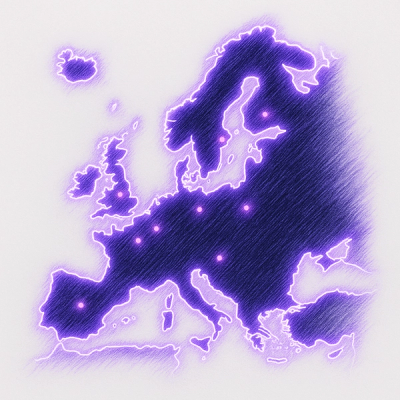RPG JS Character select plugin
Description
It's a plugin of RPG JS engine that gives possibility to select character just after logging in with a GUI.
Requirements ⚠️
Features
✅ GUI for selecting actor after first login to game
✅ Possibility to assign graphics to the clsas

Installation
You can easily install the RPG JS Plugin using npm. Open your terminal and run the following command:
npx rpgjs add rpgjs-character-select
Remember to add plugin to the rpg.toml
modules = [
'rpg-character-select',
]
Usage
1. You have to define class using extended decorator from this package.
import { Class } from "rpgjs-character-select";
@Class({
graphics: {
pernament: ['body-light', 'head-light', 'male-spiked2-sandy'],
baseEquipment: {
torso: 'shortsleeve-charcoal',
legs: 'pants-black',
},
animations: ['slash'],
}
})
export default class Archer {}
pernament are graphics displayed for player everytime.
baseEquipment is separated from pernament and animations graphics to have possibility to change them eg. when you want to equip some item and change graphic for it.
animations it's array of animations like slash of a sword or casting some skill. ⚠️ This property may be removed in future.
Example:
graphics: {
pernament: ['body-light', 'head-light', 'long-light-ears', 'male-bangslong-platinum'],
baseEquipment: {
torso: 'vest-black',
legs: 'pants-black',
},
animations: ['slash', 'fire-ball-cast'],
}
2. Next assign this class to the actor
import { Actor } from '@rpgjs/database'
const { MAXHP } = Presets
@Actor({
class: Archer
})
export default class Elf {}
3. Add actor ids to plugin configuration in the rpg.toml
[characterSelect]
actors = [
'human',
'elf',
'vampire',
]
4. Assign actor id to the player and show graphics in player.ts
const player: RpgPlayerHooks = {
onCharacterSelected(player: RpgPlayer, actorId: string) {
player.setActor(actorId);
},
onAuthSuccess(player: RpgPlayer) {
const graphics = player._class.graphics as ClassGraphics;
player.setGraphic([
...graphics.pernament,
...graphics.animations,
...Object.values(graphics.baseEquipment),
]);
}
}
⚠️ Important ⚠️
Keep in mind that that onCharacterSelected hook is executed before onAuthSuccess
Customization
You can override variables and styles in theme.scss
$character-select-screen-background: url('../assets/backgrounds/character-select.png');
$character-select-arrow-left-image: url('../assets/gui/arrow-left.png') !default;
$character-select-arrow-right-image: url('../assets/gui/arrow-right.png') !default;
$window-button-success-color: #1c8634;
$window-button-success-shadow: #0d4c30;
$window-button-color: rgba(128, 130, 162, 0.7);
$window-button-shadow: rgb(128, 130, 162);
.character-select {
&__class-name {
color: $primary;
}
&__arrow-left {
width: 75px;
height: 75px;
&:hover {
background: url('@/modules/config/assets/gui/shared/left_arrow_h.png');
background-size: 100% 100%;
filter: brightness(1);
}
}
&__arrow-right {
width: 75px;
height: 75px;
&:hover {
background: url('@/modules/config/assets/gui/shared/right_arrow_h.png');
background-size: 100% 100%;
}
}
&__submit-button {
width: 200px;
height: 75px;
font-weight: normal;
&:hover {
box-shadow: none;
}
}
&__description-content {
&:before {
content: '';
position: absolute;
top: 0;
left: 0;
background: url('@/modules/config/assets/gui/boxes/news_top_ornament.png');
background-size: 100% 100%;
width: 100%;
height: 35px;
margin-top: -32px;
filter: brightness(1.5);
}
&:after {
content: '';
position: absolute;
bottom: 0;
left: 50%;
transform: translateX(-50%);
background: url('@/modules/config/assets/gui/boxes/news_bottom.png');
background-size: 100% 100%;
width: 50%;
height: 35px;
margin-bottom: -32px;
filter: brightness(1.5);
}
&::-webkit-scrollbar-track {
background: #fff;
width: 7px;
}
&::-webkit-scrollbar {
background: #fff;
width: 7px;
}
&::-webkit-scrollbar-thumb {
background: rgba(0, 0, 0, .5);
&:hover {
background: rgba(0, 0, 0, .7);
}
}
}
}




